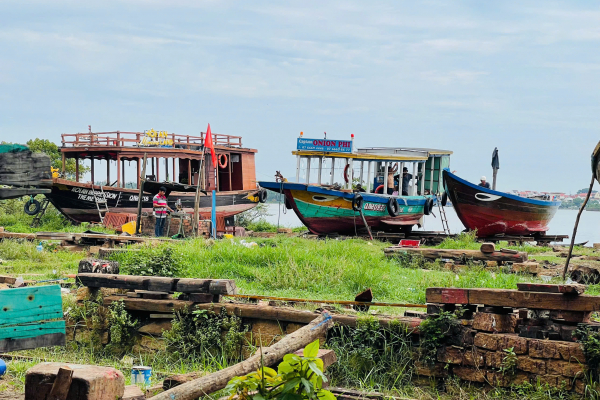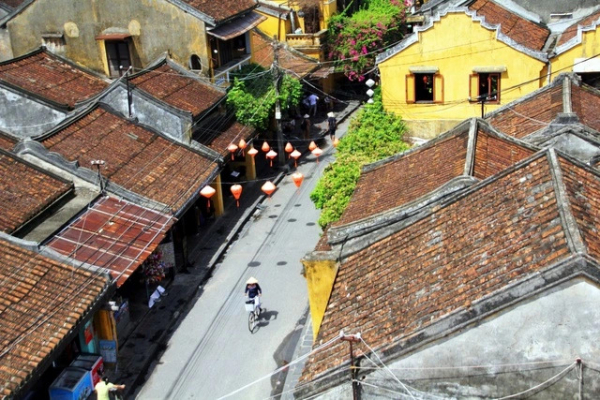Tra Que, Tan Hoa, and Thai Hai are three destinations in Vietnam recognized as "Best Tourism Villages in the World" by the United Nations World Tourism Organization (UNWTO) over the past three years.

Tra Que Vegetable Village received the 2024 "World's Best Tourist Village" award, announced on Nov. 15.
Located 3 kilometers from Hoi An ancient town, Tra Que dates back to the 16th century and is bordered by the Co Co River and Tra Que Lagoon.
Thanks to its river-island location near the sea, the village enjoys a temperate climate and fertile soil, ideal for organic vegetable farming.
Photo by Dac Thanh
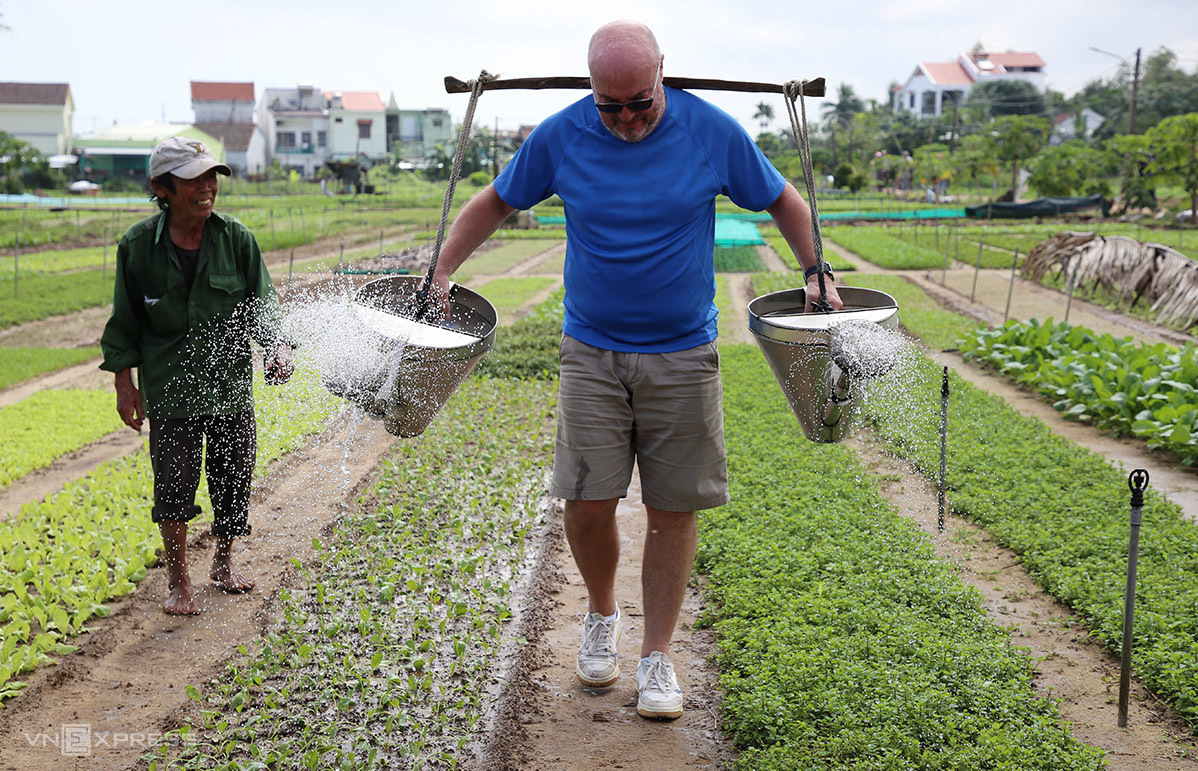
A foreign tourist (R) waters vegetables at Tra Que Village.
After evaluating over 260 applications from 60 countries, UNWTO selected Tra Que Village for its excellence in upholding the three pillars of sustainable tourism: social equity, economic growth, and environmental conservation.
The "Best Tourism Village" award celebrates the role of tourism in preserving rural villages, including their natural landscapes, traditions, biodiversity, culture, and local activities such as farming, forestry, fishing, and cuisine.
To qualify, villages must demonstrate rich natural and cultural resources, innovative practices, and a strong commitment to tourism development in line with the United Nations Sustainable Development Goals (SDGs).

Today, Tra Que is home to 202 families cultivating vegetables across 18 hectares, providing a stable income for locals.
Visitors to the village can explore on foot or by bicycle, take part in farming activities, and savor dishes made from freshly harvested vegetables.
Entry costs VND35,000 (US$1.37) per person.
Photo by Do Anh Vu

On Oct. 19, 2023, Tan Hoa Village in Quang Binh Province, known for being home to the world’s largest cave, Son Doong, and the UNESCO-listed Phong Nha-Ke Bang National Park, earned the title of "World's Best Tourist Village 2023".
Photo by Oxalis
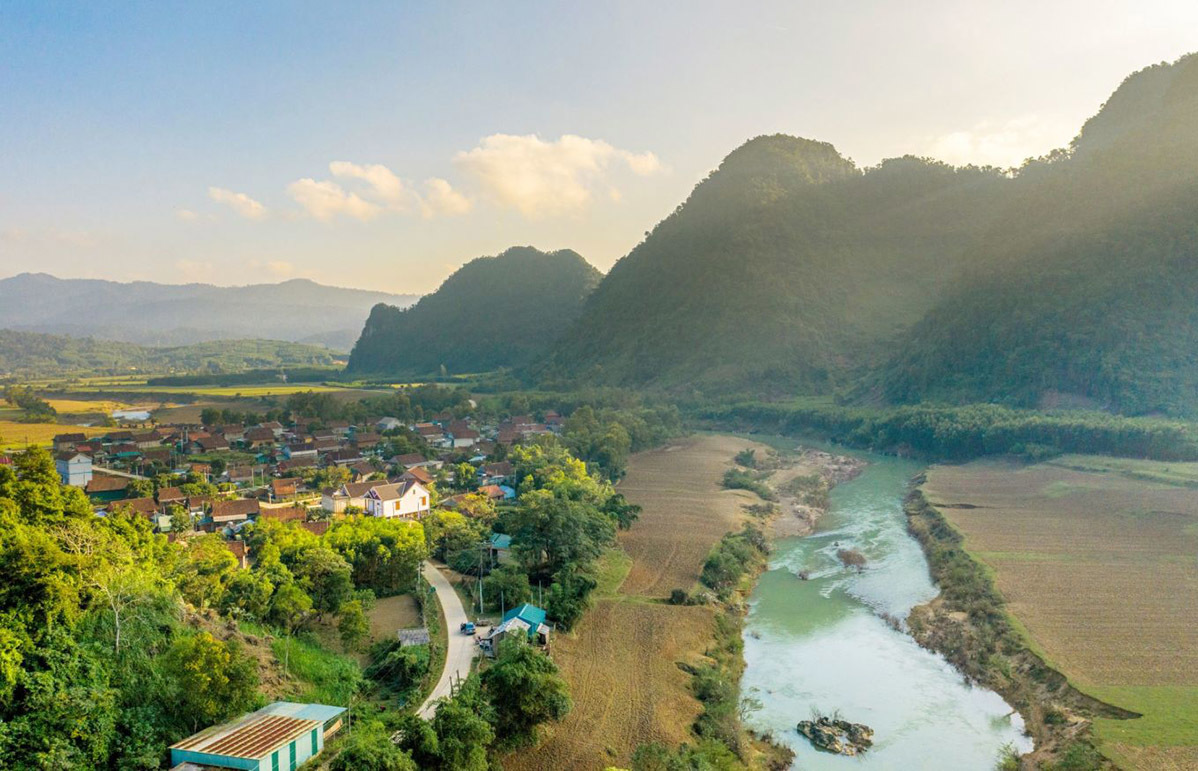
Vietnam submitted four applications from the provinces of Quang Binh, Son La, Lai Chau, and Hoa Binh, but Tan Hoa stood out for its "weather-adapted tourist village" model and was the only Vietnamese representative to be selected.
Nestled in a valley surrounded by limestone mountains, Tan Hoa is often called the flood center of Quang Binh in central Vietnam. The village is approximately 75 kilometers from Son Doong Cave in Phong Nha-Ke Bang National Park.
Following a historic flood in 2010, residents adapted to the challenges of floods and climate change by constructing green-roofed floating houses.
These houses, now used as homestays, offer tourists a unique experience in this flood-prone area, while also providing locals with an additional source of income.
In this picture, Tan Hoa Village was submerged with water levels rising between 1.5 and 2 meters following heavy rains brought by Storm Soulik last September, but life goes on as people moved to floating houses set up next theirs.
Photo by Vo Thanh

The Thai Hai Reserve Area of Ecological Houses-on-Stilts Village in the northern province of Thai Nguyen was named among the 32 best tourism villages in 2022.
Just a one-hour drive from Hanoi, the reserve covers an area of 70 hectares and is home to 30 traditional stilt houses of the Tay ethnic minority people.
Photo courtesy of the reserve
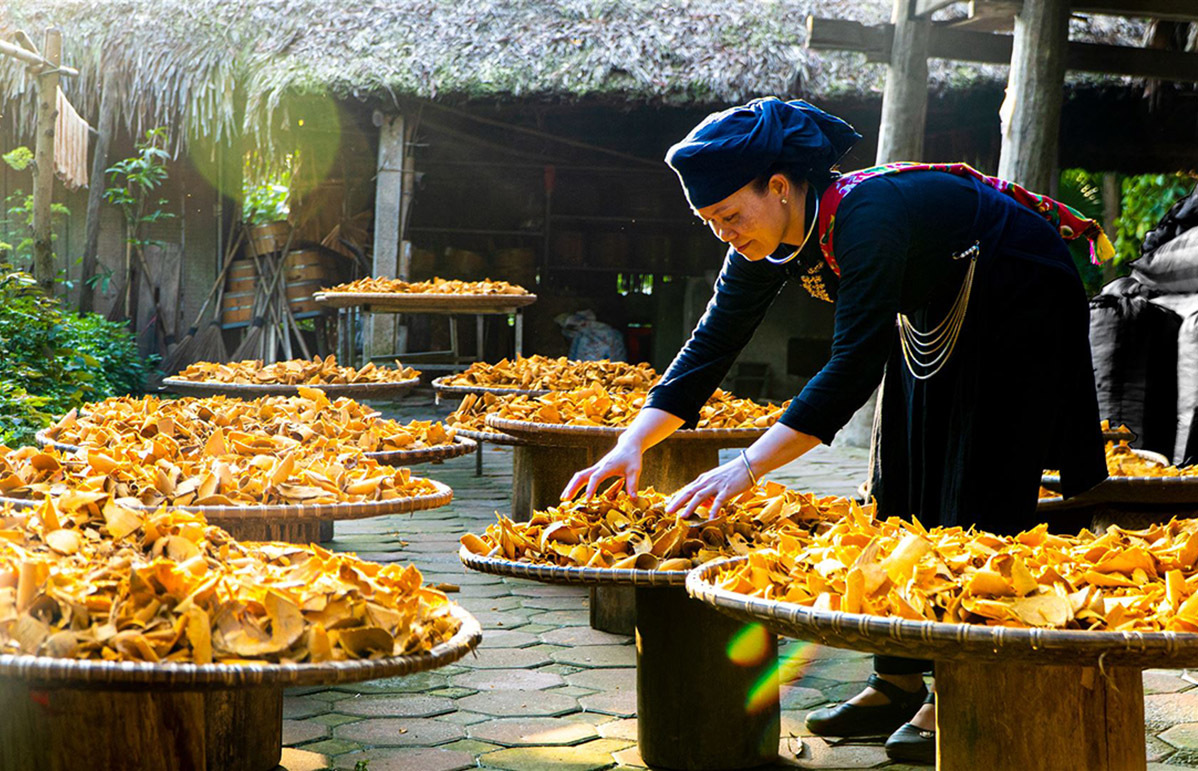
Surrounded by green nature and tea estates, the reserve allows tourists to join eco-tourism activities and explore the traditional culture and lifestyle of the Tay people.
In the photo, a woman in Thai Hai dries bamboo shoots, which are later used as a delicacy for tourists.
Photo courtesy of the reserve
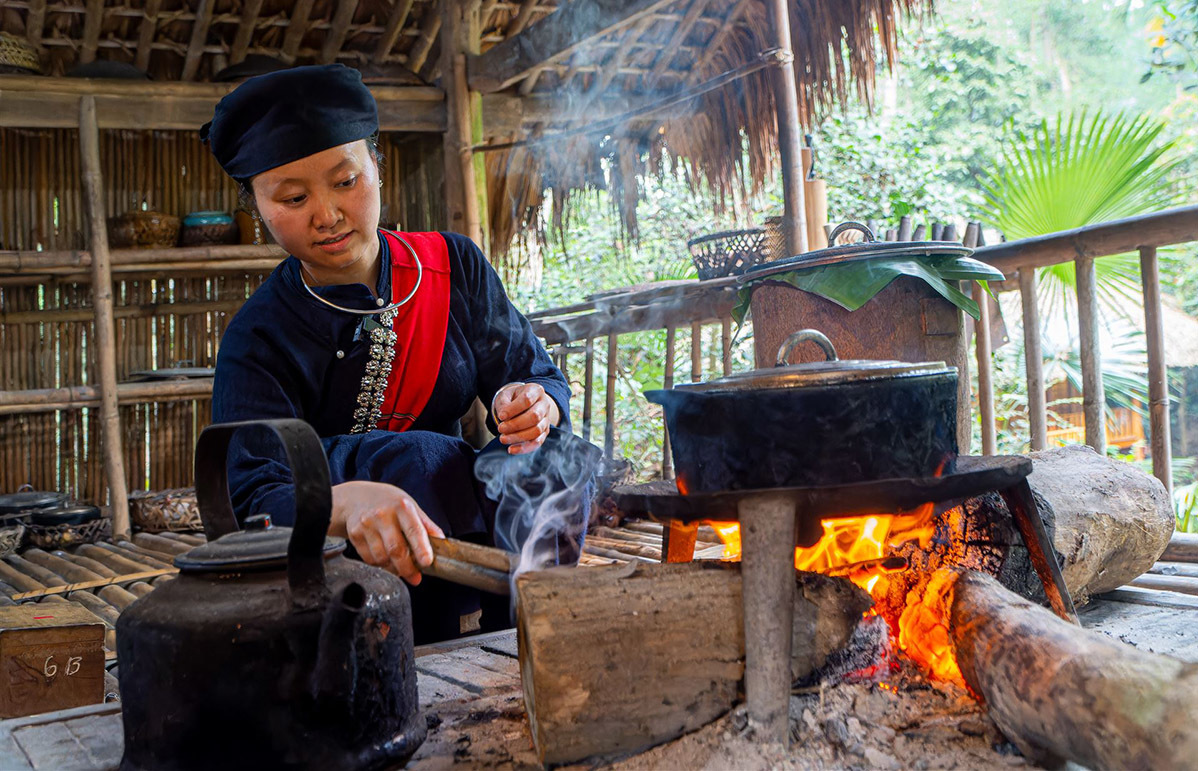
A Thai Hai villager prepares food using a traditional wood-burning stove.
To date, the UNWTO has awarded this title to 130 villages worldwide, including three in Vietnam.
Anh Minh by vnexpress





 VietNam
VietNam




